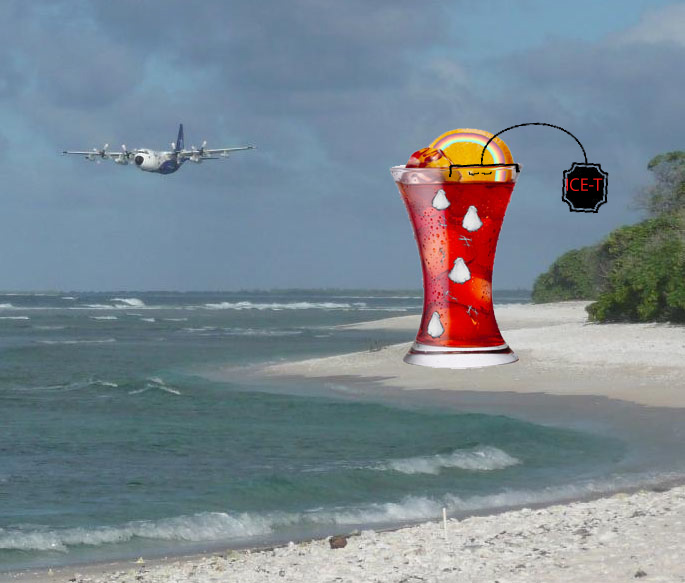 |
Ice in Clouds Experiment – Tropical (ICE-T) |
 |
Ice in Clouds Experiment – Tropical (ICE-T) |
8:30 Continental Breakfast
9:00 Statement of Goals of Meeting (Heymsfield/Field/Rogers)
9:15 Agenda (Heymsfield)
9:30 Funding status of investigators and research goals, with time span (Heymsfield)
10:00 Break
10:30 New Relevant Research/Findings of Steering Committee Members (TBD) (10 minute presentations)
12:00 Lunch
1:00 ICE-T Objectives (see Appendix A below) and Flight Plans (Heymsfield/Field/Rogers)
2:00 Tuning of ICE-T Science Objectives (Heymsfield/Field)
3:00 Break
3:30 Instrument Payload and Readiness (Rogers/Stith/Schanot/Lawson/Wang)
4:00 Further discussion of Flight Plans (Rogers/Stith)
4:30 Project schedule:
5:00 Adjourn for day
Dinner at Walnut Brewery 6pm
8:30 Continental Breakfast
9:00 Education/outreach activities; student involvement (Sonia)
10:15 Break
10:45 Field Catalog and Data Access Policy (Williams)
11:15 Decide on dates and generate agenda for the March planning meeting and list action items from January meeting.
Other items as needed.
Attempt to observe the conditions leading to glaciation of maritime cumulus with top temperatures warmer than -10C.
Characterize the aerosol as CCN and IN and investigate the dependence on temperature, size and aging (special interest in dust and biological material).
Characterize the link between warm rain and primary and secondary ice processes as a function of time and environmental conditions. As part of this characterization, estimate the fraction of vapor flowing into cloud base (the cloud base mixing ratio) that arrives at the 0C, -5C and -10C temperature levels in the form of vapor+supercooled liquid water+ice? How does dust affect these fractions? How does this depend on the cloud lifecycle?
Determine if primary ice nucleation can explain the onset and glaciation of maritime cumuli.
Determine whether secondary ice formation processes are critical to the glaciation of cumuli. If so, what concentration of primary IN are sufficient to trigger them and how does the process work?
Determine whether mid-level entrainment plays a role in feeding CCN and IN into maritime convective clouds.
Test primary and secondary ice nucleation schemes in models and evaluate them against observations.
Determine whether APIPs might have influenced earlier observations in tropical clouds.
Developing Cumulus Congestus
|